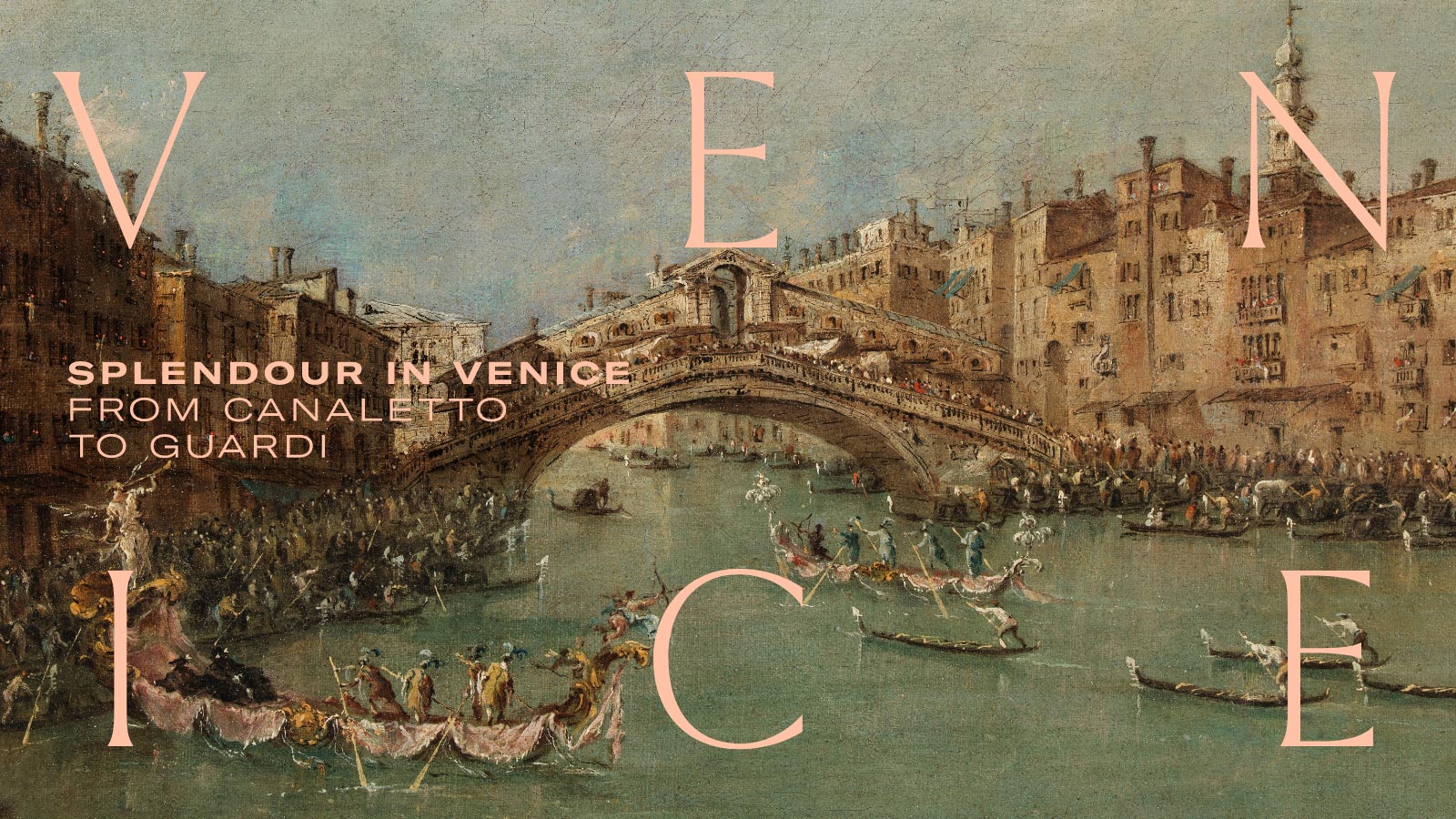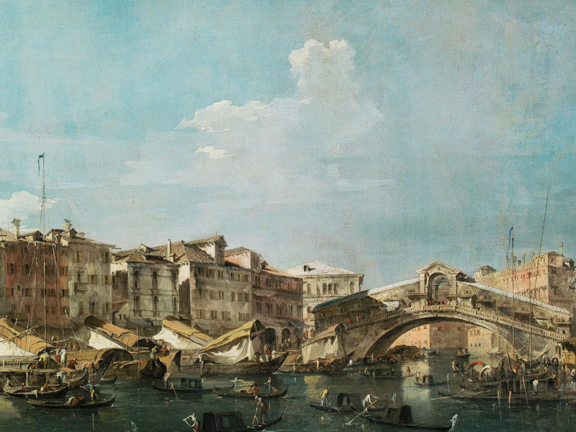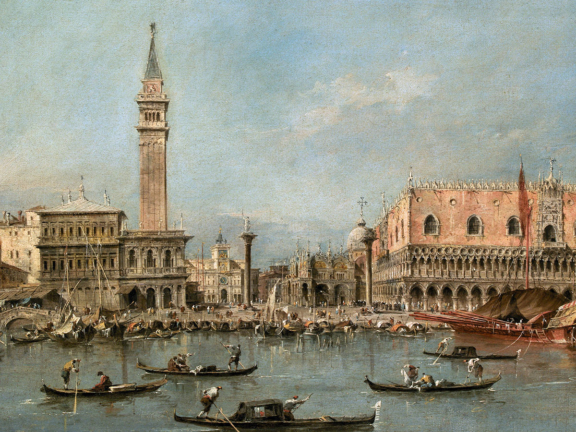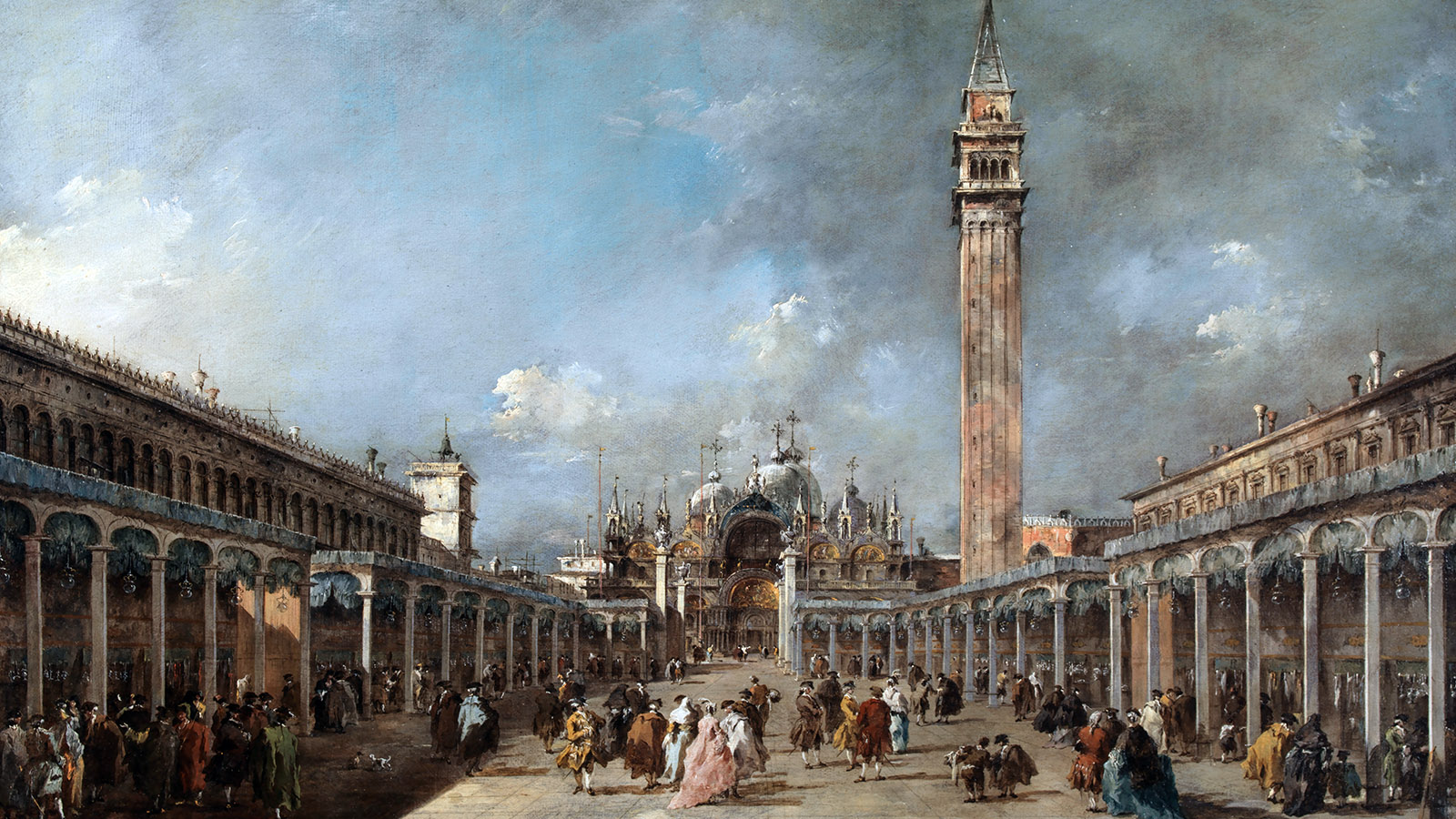
Splendour in Venice
From Canaletto to Guardi
Event Slider
Date
- Sat,
- Closed on Tuesday
Location
Main Gallery Calouste Gulbenkian FoundationPricing
- 6,00 €
25% – Under 30
10% – Over 65
Cartão Gulbenkian:
50% – Under 30
15% – Over 65
Free entry for students with Cartão Gulbenkian on Saturdays between 18:00 and 21:00.
After working together in 2009 on the exhibition devoted to the French painter Henri Fantin-Latour, the Calouste Gulbenkian Museum and the Museo Thyssen-Bornemisza are joining forces once again to promote an encounter between the works of their respective collections. This new project, which starts in Lisbon and continues in Madrid in early 2025, takes as its theme 18th-century Venetian painting,
Renowned painters such as Canaletto, Guardi, Bellotto and Tiepolo, creators of some of the most brilliant compositions of their time, will be brought together with other artists selected for the exhibition. The display will focus on the feste (the celebrations held in La Serenissima), vedute (panoramic views of a specific location), and capricci (fantastical architectures dreamt up by local artists), all of which are naturally festive motifs.
In the eighteenth century, Venice was a cosmopolitan destination for travellers from all over Europe. La Serenissima (‘the most serene’, as the Republic was known) mitigated its political and military weakness by holding lavish public ceremonies celebrating its former greatness.
During the last century of its history, the Republic – which began in the ninth century and ended in 1797 with the Napoleonic occupation – experienced a period of extraordinary creative vitality, encompassing multiple forms of artistic expression, including music, theatre, painting, decorative arts and architecture.

In 1703, Luca Carlevarijs published a series of engravings in which the city’s most important buildings were displayed according to type, giving rise to the Venetian veduta.
Although the genre originated in northern Europe, it was in Venice that it reached its apogee. Behind its success was the continuous presence of a wealthy foreign clientele, making the mandatory stop in the city as part of the Grand Tour.
A specific genre within this field, the feste, which sought to celebrate events such as regattas or visits by European sovereigns or ambassadors, also reached its zenith at this time. In these works, the city itself takes centre stage, being portrayed as a genuine work of art.
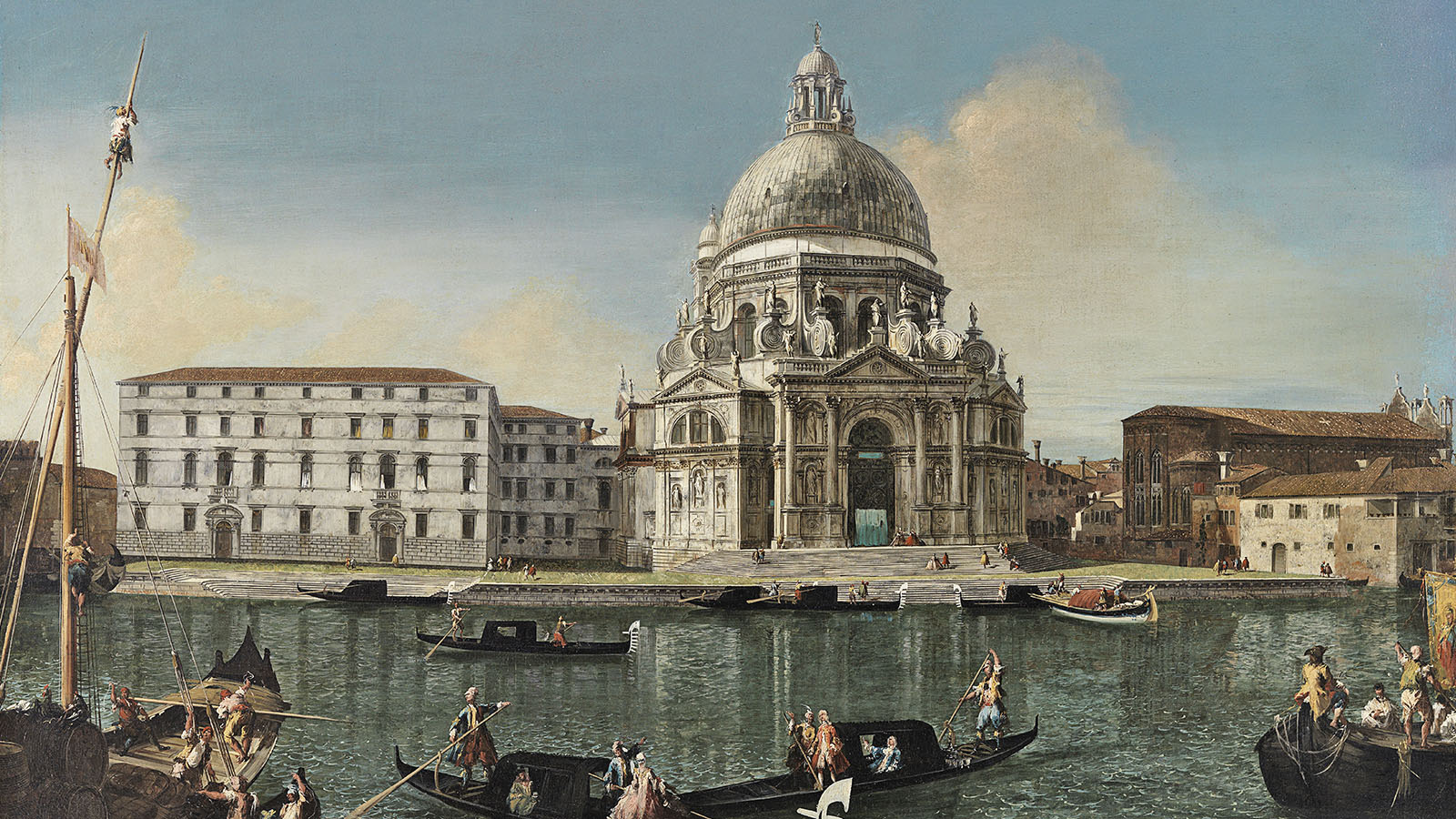
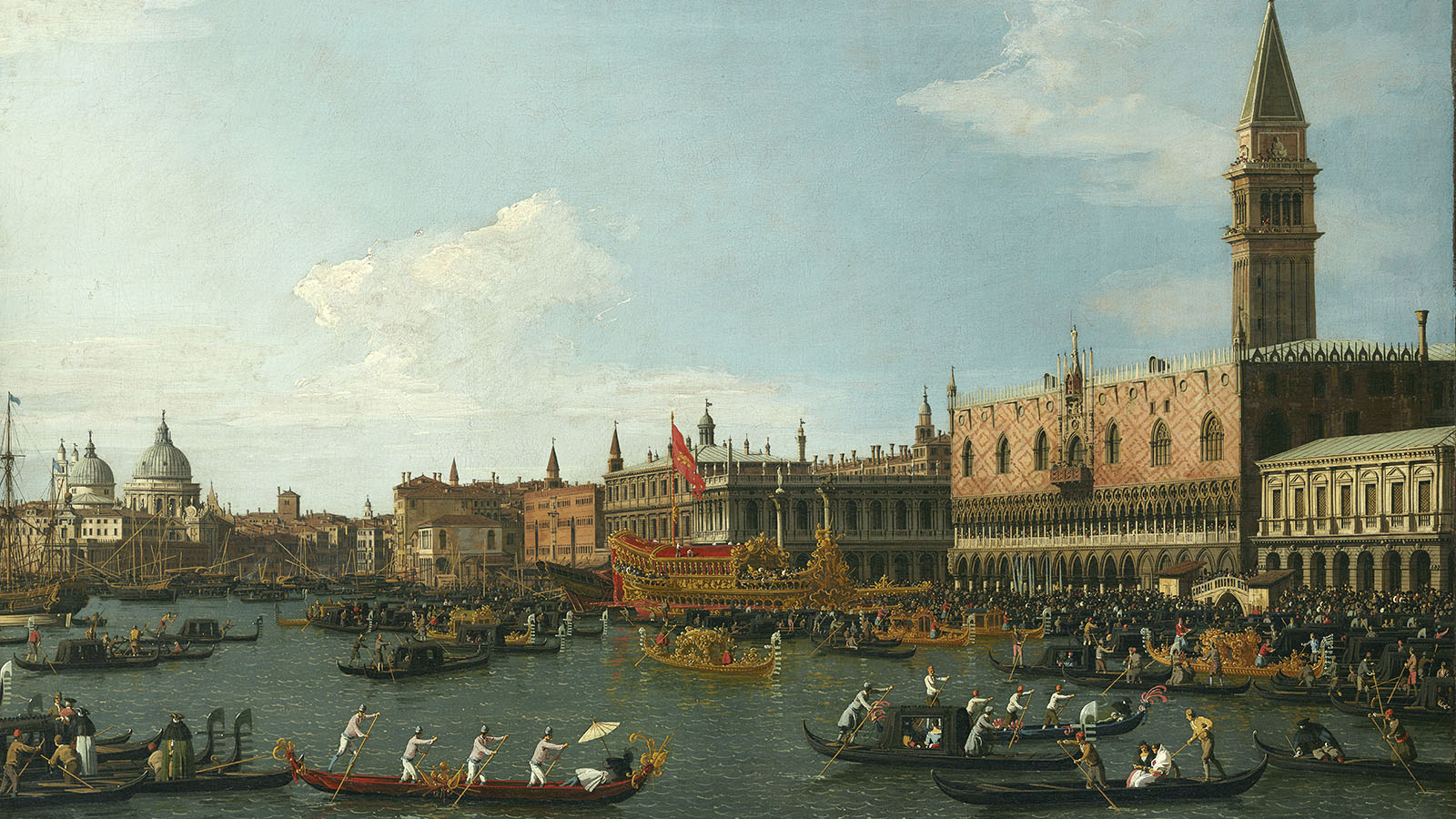
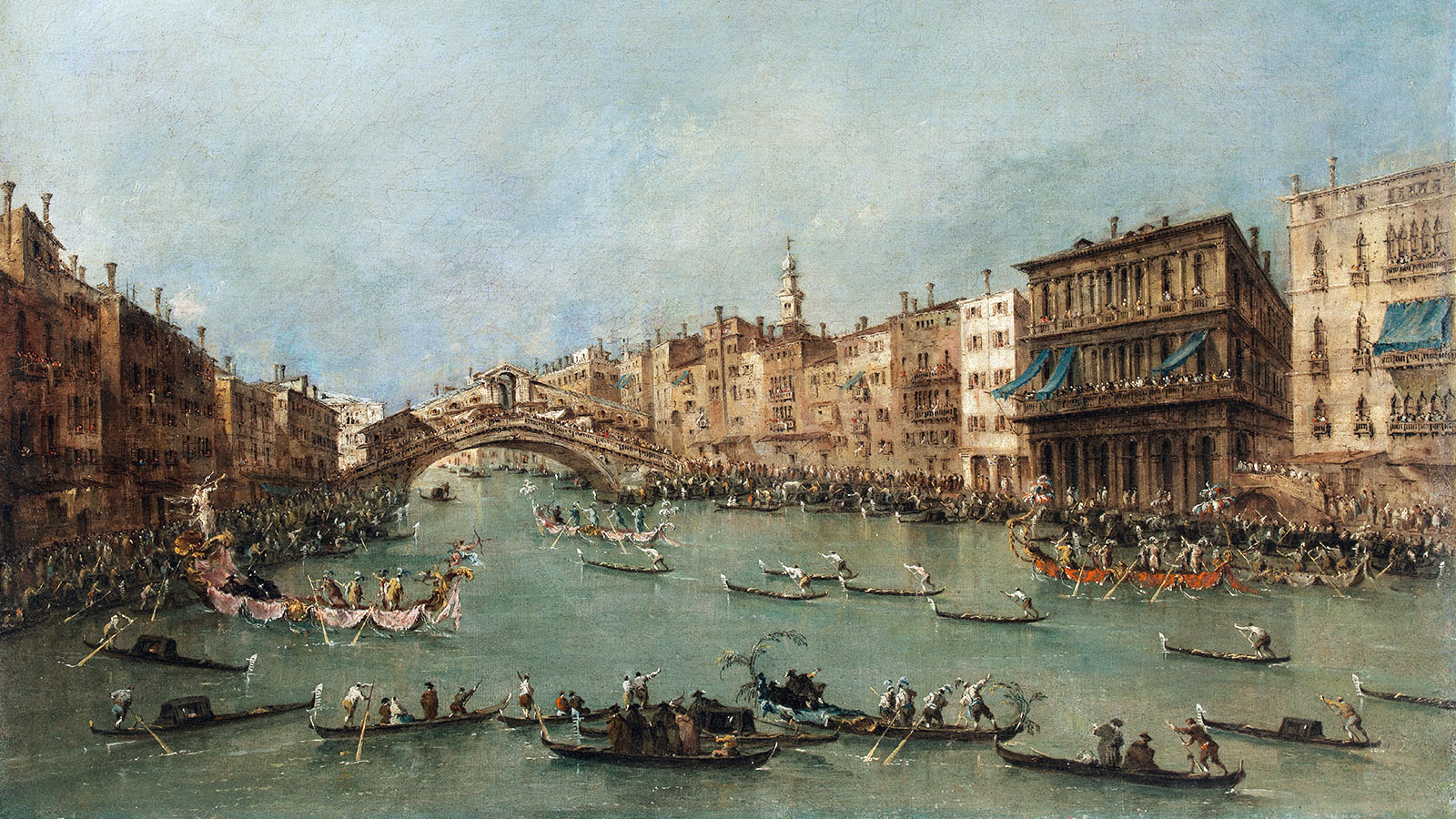
Two contemporary painters, Giambattista Tiepolo and Canaletto, achieved astonishing success. The latter devoted himself to vedute painting, characterised by wide perspectives that highlight Venice’s uniqueness as a ‘city of water’ and celebrate its spectacular architectural scenery.
Francesco Guardi appropriated existing iconographic prototypes to create his own versions, characterised by the vitality of their execution. He was the last painter to immortalise the splendour of the ceremonies in the Most Serene Republic of Venice.
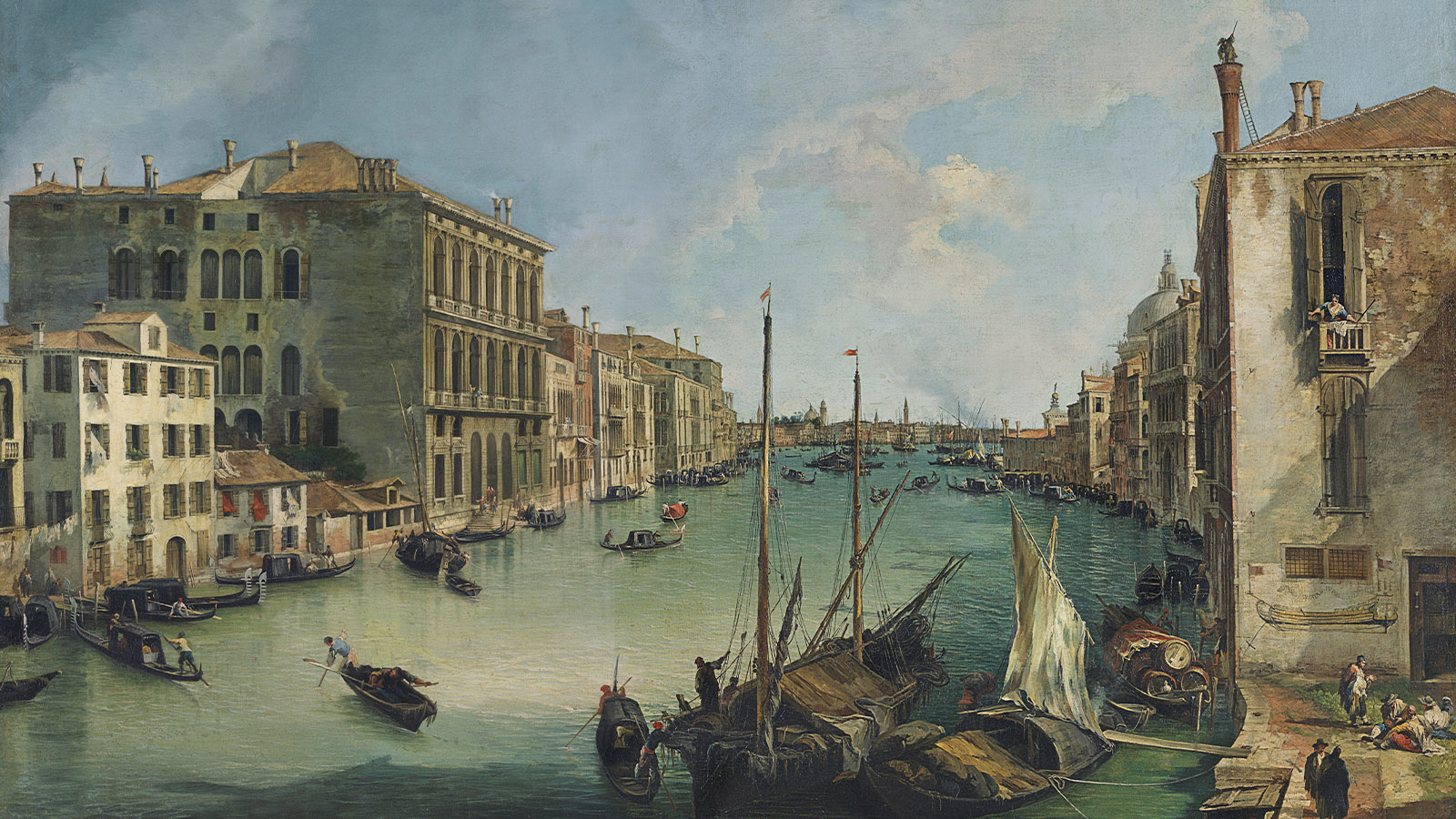

The collection of artworks featured on display here testifies to the attraction the city held for visitors, as enthusiastically echoed by two great twentieth-century collectors: Calouste Sarkis Gulbenkian and Hans Heinrich Thyssen-Bornemisza.
Sponsor
The Calouste Gulbenkian Foundation reserves the right to collect and keep records of images, sounds and voice for the diffusion and preservation of the memory of its cultural and artistic activity. For further information, please contact us through the Information Request form.
